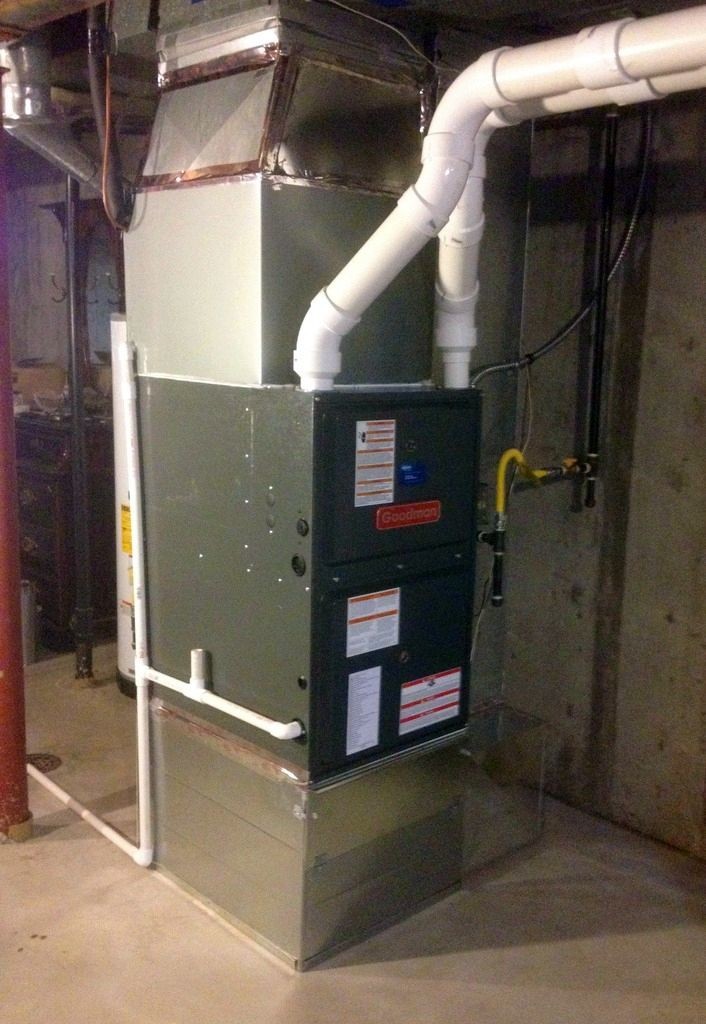The Ultimate Guide to Heating System Installation for a Cozy Home
Furnace installation is an important element of preserving a comfy home setting, particularly during the colder months. Understanding the different sorts of furnaces available and the value of selecting the ideal size can greatly impact both efficiency and convenience levels. Additionally, a comprehensive installation procedure, matched by the right devices and materials, makes sure optimum efficiency. This overview aims to gear up home owners with the understanding required to make informed choices and execute efficient upkeep methods. As you take into consideration these elements, the inquiry continues to be: what actions can you take to guarantee your furnace serves you well for several years to come?
Kinds of Furnaces

Gas heating systems are one of the most common selection because of their performance and reduced operational costs. They utilize gas or lp, supplying quick heating and consistent performance, making them ideal for cooler climates.
Electric heating systems, while usually much easier to install and keep, often tend to have higher operational costs. They are often favored in areas where gas solution is inaccessible or for homes with existing electric facilities.
Oil heaters, though much less typical today, continue to be a sensible option in particular areas. They melt home heating oil, which can be useful throughout chillier months, yet their dependence on oil shipment presents prospective difficulties.
Additionally, there are high-efficiency models readily available throughout these kinds, which can dramatically reduce energy intake and energy costs - furnace installation. Ultimately, understanding these heating system types will certainly help house owners select a system that aligns with their home heating needs, spending plan, and power preferences
Picking the Right Size
Selecting the appropriate dimension for a furnace is important to ensuring optimum performance and power efficiency. A small furnace will struggle to preserve comfortable temperatures throughout the cold months, resulting in increased damage, higher power bills, and potential system failing. Alternatively, a large heating system may cycle on and off also regularly, leading to inefficient home heating and unequal temperature circulation within the home.
To determine the right furnace size, an estimation understood as the Handbook J tons computation must be done. This procedure reviews various factors, consisting of the square video footage of the home, insulation levels, home window dimensions, and local climate problems. This extensive analysis makes sure that the heater satisfies the particular home heating needs of the space.

Installation Refine Overview
In terms of products, you will need ductwork, insulation, and securing tape to make certain ideal air movement and energy efficiency - furnace installation. It is additionally important more info here to have a new heating system filter handy, together with venting materials, such as PVC pipe or metal flue, depending on the sort of heater being mounted
Safety and security tools, including gloves, goggles, and a face mask, is additionally crucial to shield against dirt and debris during installation. Having all these devices and materials conveniently offered not only enhances the procedure yet likewise boosts the safety and security and effectiveness of the heating system installment.
Upkeep Tips for Longevity
To make certain the durability of your furnace, it is vital to carry out a regular maintenance schedule that resolves essential elements of the system. Beginning by changing or cleansing the air filter each to three months, as a stopped up filter can limit airflow and decrease effectiveness. Additionally, evaluate and clean up the blower assembly to stop dust accumulation that can impede performance.
Next, examine the thermostat setups and recalibrate if required to guarantee accurate temperature level regulation. Inspect the ductwork for leakages or clogs, as this can bring about energy loss and uneven home heating. Routinely lube the electric motor and bearings according to the supplier's suggestions to minimize wear and tear.
Professional examinations should happen every year, where a certified professional can analyze the heating system's overall problem, look for gas leakages, and make sure that security features are operating properly. Lastly, take into consideration installing a programmable thermostat to maximize energy usage and preserve regular home temperature levels. By adopting these maintenance methods, you can enhance your heating system's performance, prolong its life-span, and inevitably enjoy a comfy and comfy home environment.
Conclusion
